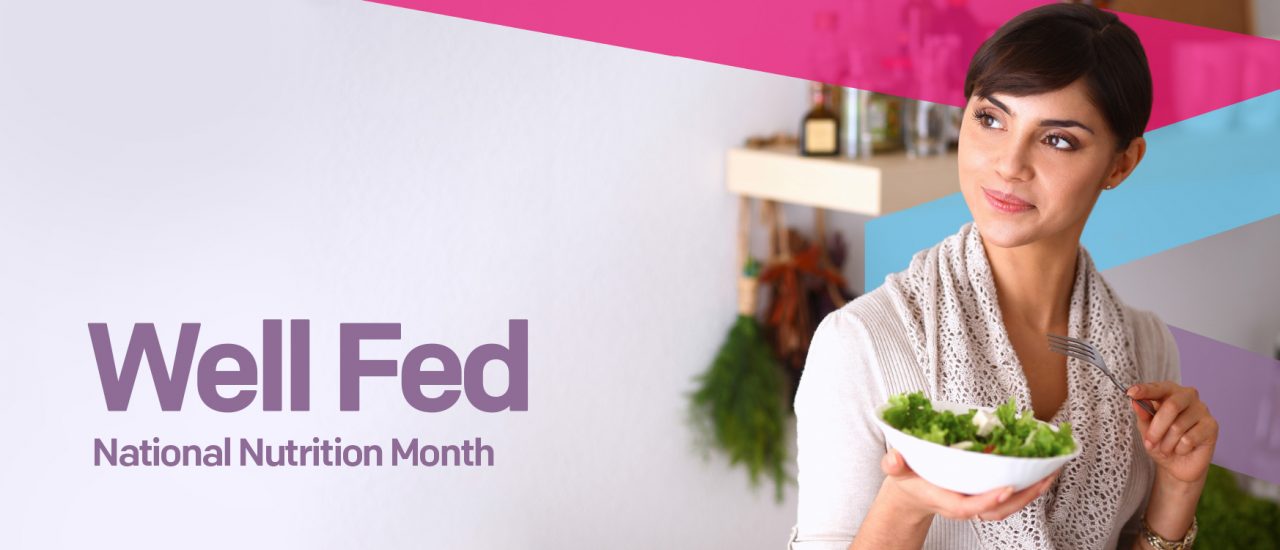Nutrition Label 101

Nutrition label 101: Do you check the nutrition label when choosing foods at the grocery store? Better yet, do you understand what each number means?
If not – it’s okay!
The nutrition label showcases a lot of information that it can often times seem overwhelming or even confusing.
To help breakdown all the information, our very own Wellbeats instructor Dr. Kim joins us in our latest “Wellbeats Weekly” YouTube video series. In this video, Dr. Kim shares her insight and years of experience in the health and wellness industry to show you how to read a nutrition label:
Nutrition Label 101 with Kim Waters
Maybe you’ve never paid attention to the food label on a package or maybe you’re just not sure what to look for. Food labels are a great tool to help you find quick nutrition information to make more informed food choices.
Serving Size
The first place to look is at the serving size. Here it will tell you the size of the serving that all of the information is based on and the number of servings to a package. With this information, you can gauge how many servings are appropriate for your needs.
Calories From Fat
Next, look at the calories and calories from fat. Calories are the total calories per serving and the calories from fat are based on the amount of fat in that serving which we’ll get more information on in the next section of the label. A general guide is 40 calories is low, 100 calories is moderate and 400 calories or more is high. This is based on a 2,000 diet so your needs may vary.
Nutrients
Now, let’s look at the nutrients section of the label. Here we find out the amount of fat in a serving, sodium, and cholesterol. Try to avoid trans fats and limit saturated fats to less than 10% of your total caloric intake. Also, aim to consume less than 2,300 milligrams of sodium per day and it can hide in many products that add up quickly!
The nutrients we want more of are calcium, dietary fiber, and potassium. Pay attention to these numbers so that you’re getting adequate amounts. As a general guide for the nutrients section, 5% Daily Value is low and 20% or more is high of that nutrient. This can help you plan so if you eat something that has high sodium for lunch for example, choose foods that are low in sodium at dinner.
Ingredient List
The ingredient list is also a helpful tool on the package where they are listed in order from the ingredient that weighs most to least.
Future Updates
A few updates to labels are coming with some manufacturers already including these updates. They will no longer be required to include Vitamins A & C, as deficiencies in these vitamins are rare in our modern age but they will now include Vitamin D and also added sugars, which are sugars added during the manufacturing process… so be sure to watch for those helpful updates.
Now you know what all of those numbers mean on the nutrition facts food label and how to use them!
Follow us on Facebook to stay up to date on everything Wellbeats, and learn more about us here.